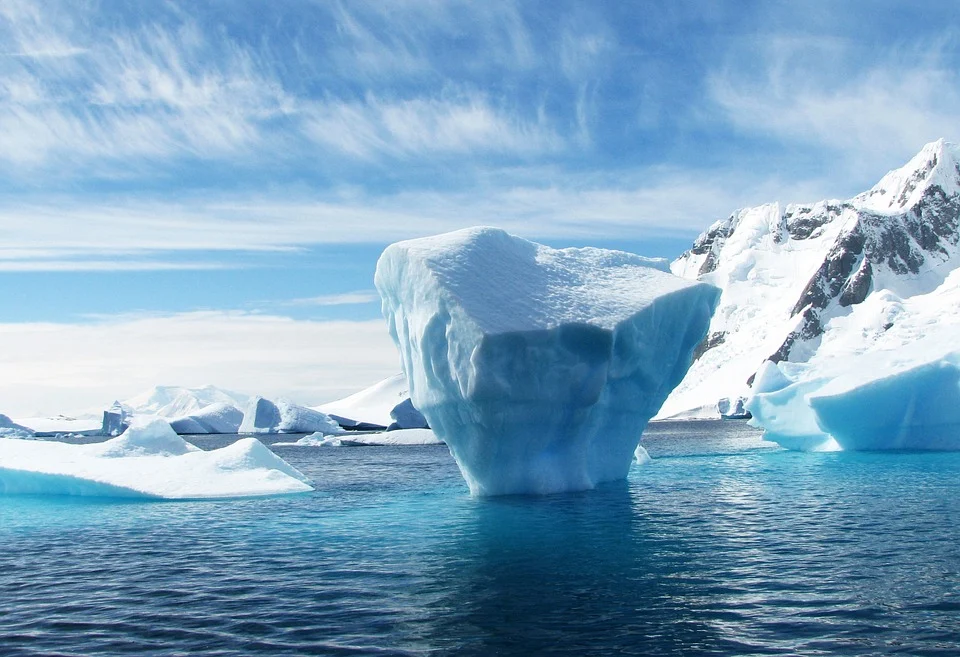Sinkholes that might swallow an entire neighborhood with apartment blocks are forming on Arctic seabed as permafrost melts and disrupts the environment, researchers have observed.
Because of global warming, maximum temperatures in the Arctic are rising, but subsurface water networks that are kept warm and flowing slowly appear to be to blame for the glacial melting that’s causing these pits.
During the latest glacial period, glacial meltwater inundated the Canadian Beaufort Sea, burying the Arctic permafrost just at the bottom of the seabed for nearly 12,000 years. Research vessels can now get to this isolated section of the Arctic because of melting sea ice brought on by climate change, say the experts. The scientists used ship-based sonar as well as an autonomous underwater vehicle (AUV) to achieve the highest-resolution surveys of the Canadian Beaufort Sea.
The researchers hypothesize that the circular holes originate as follows: Because the permafrost underneath the Arctic Shelf gradually warms up, a region that would have been previously stable (solid land) turns fluid. According to the experts, these seabed collapses occur on a regular basis.
In addition, the assessments found that the depressions are steadily growing. Numerous studies show that certain sinkholes tend to grow over time, indicating that they are part of continuous events.
There are many theories about how this loop began, but experts believe that modest shifts in climate that have already been happening for millennia are most likely to blame. It’s inevitable that when the permafrost under the still-submerged layer continues to thaw, additional water will rise to the surface, thus contributing to greater melting of the above-ground layers. There will be a lot of indents formed as a result of this activity.
The findings were published in the journal Proceedings of the National Academy of Sciences.












Leave a Reply